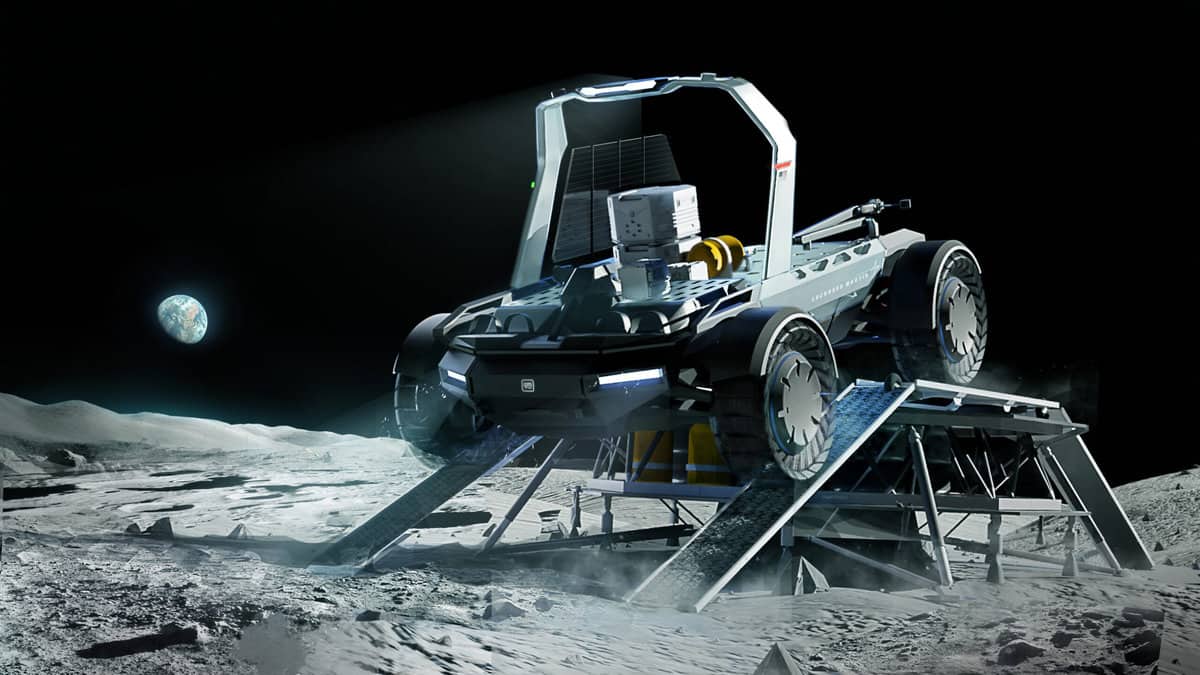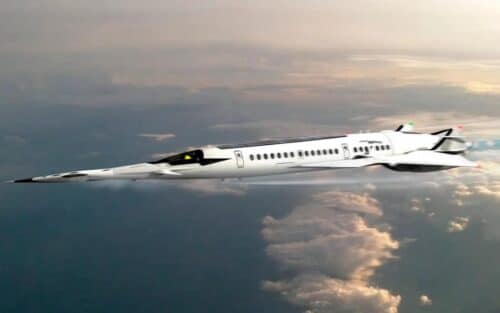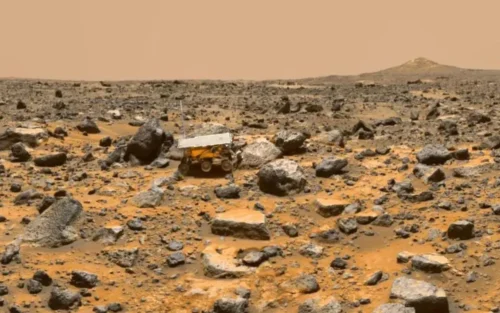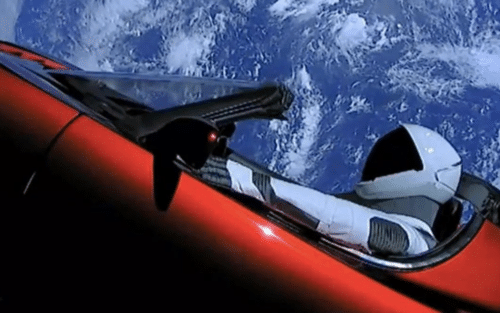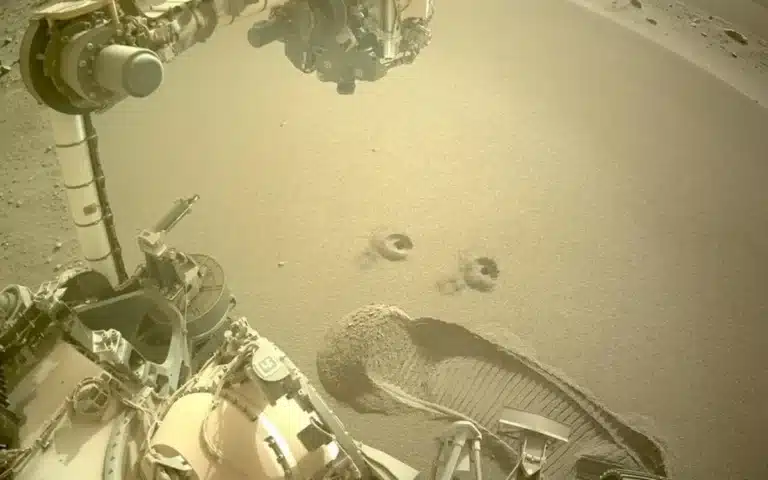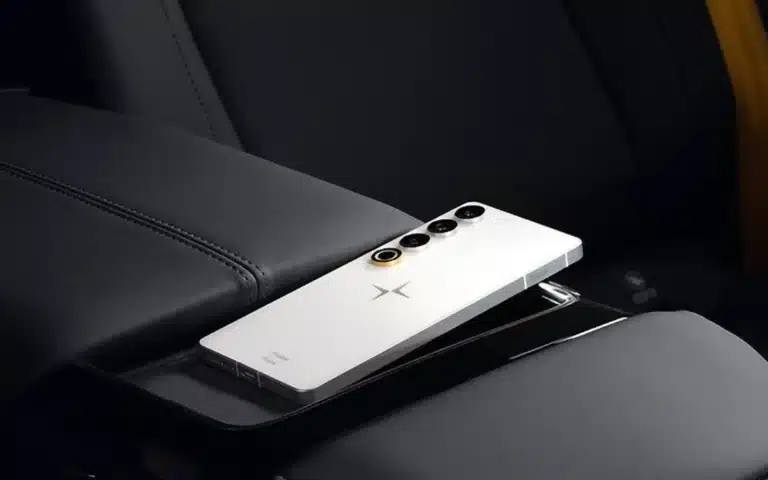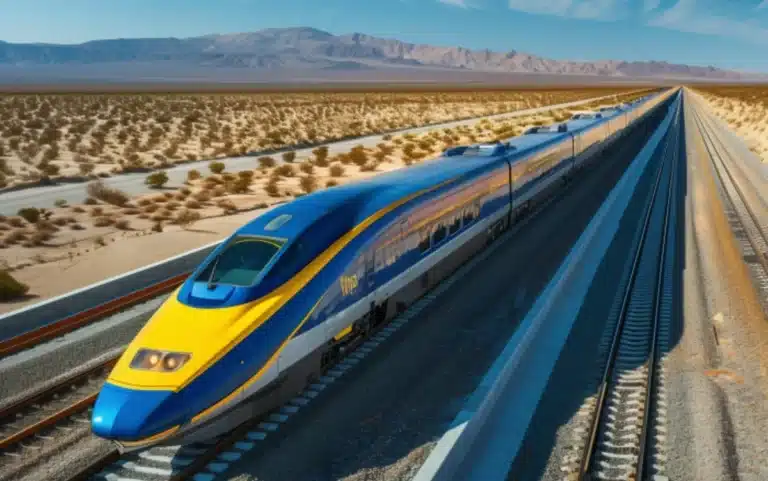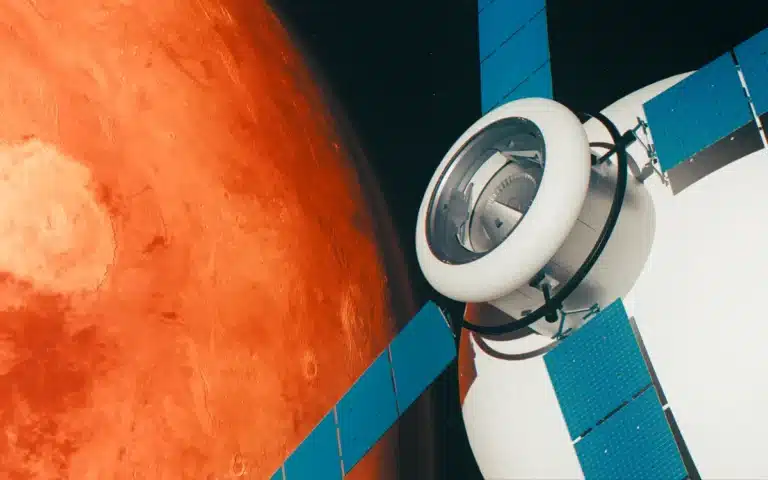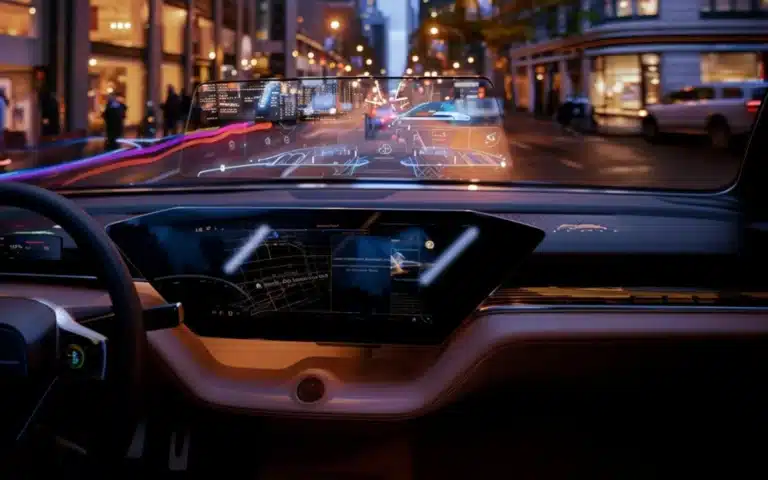GM and Lockheed Martin are building moon rovers for private space missions that can go nearly twice as fast as the original Apollo mission vehicles.
Last year the car manufacturer and aerospace company said they were making the “next generation of lunar rovers” that could go driverless.
And now the companies are designing a range of these vehicles not just for NASA, but for commercial space missions too.
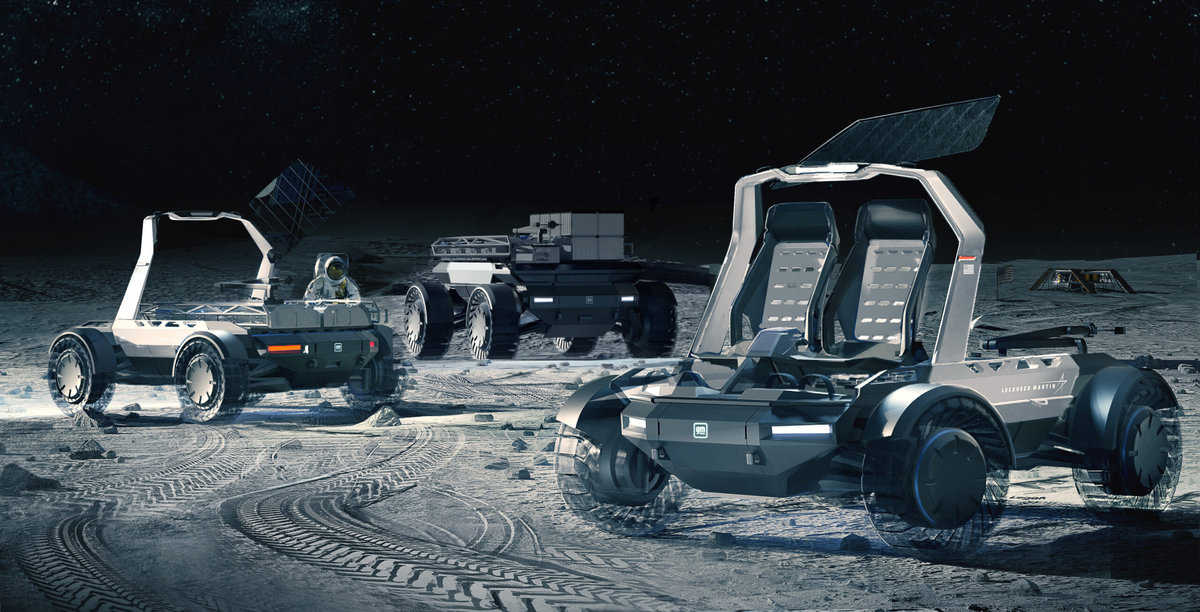
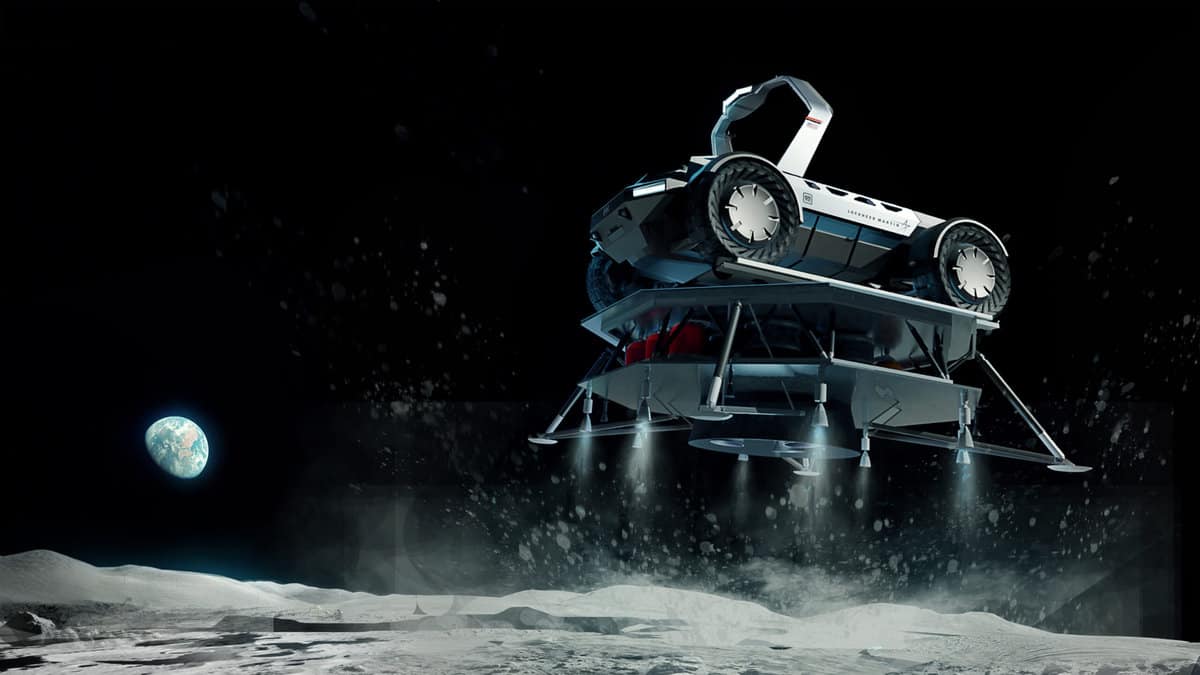
READ MORE! Top Gun: Maverick’s Darkstar – how Lockheed Martin built prototype Mach 10 jet
Deliveries to the moon will be made by 2025, GM spokesperson Stuart Fowle told CNN Business.
With Lockheed Martin’s Derek Hodgins adding “interest around the world” had been “tremendous”, according to CNBC.
Hodgins revealed the company was already in talks with potential buyers, but would not elaborate further.
But there’s no shortage of billionaires who are working on space travel.
Elon Musk‘s SpaceX, Jeff Bezos‘ Origin Blue and Richard Branson’s Virgin Galactic are all planning commercial space missions.
GM previously worked with Boeing in the 1980s to create moon buggies, which eventually made trips to the lunar surface in 1971 and 1972.
Unlike their Apollo counterparts which traveled at 11km/h (7mph), these new rovers will have a top speed of almost double that of 19km/h (12mph).
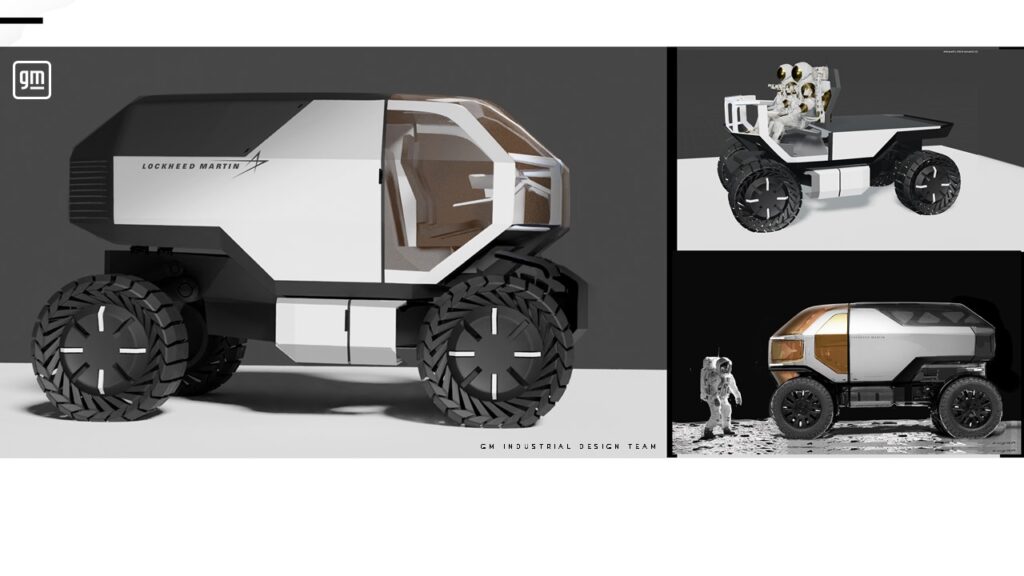
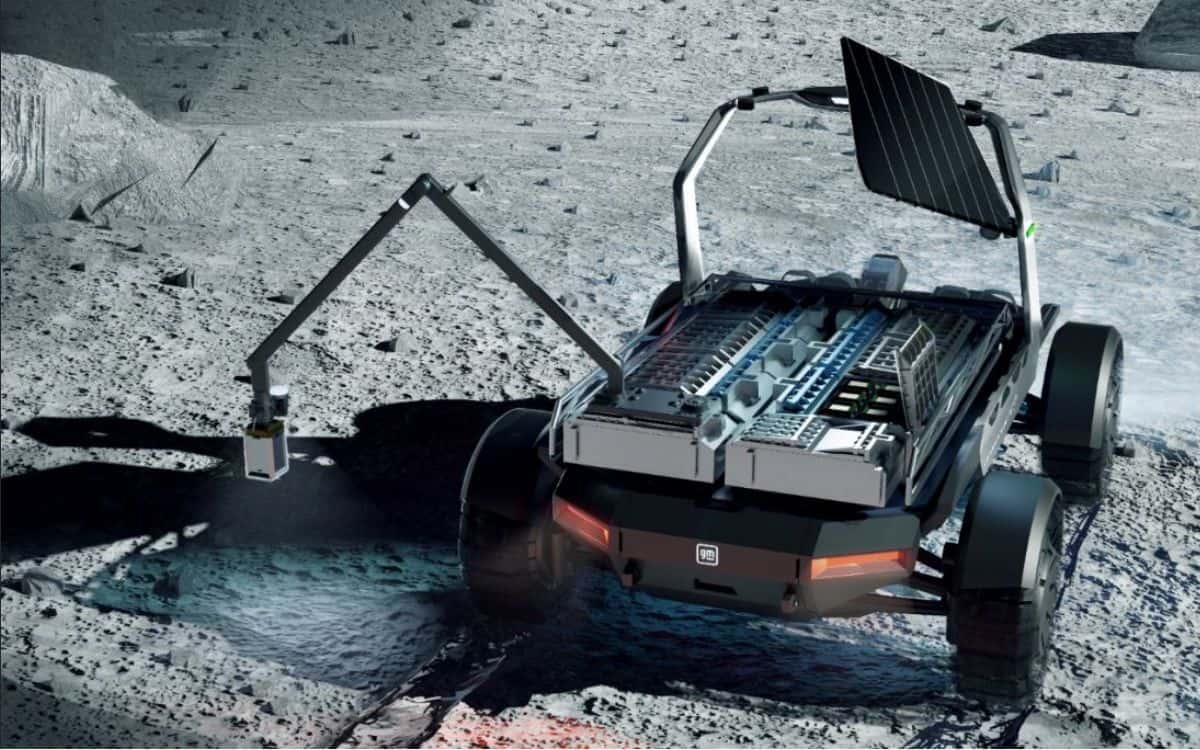
How do you build a Lunar Mobility Vehicle?
Humans have only scratched the surface of moon exploration.
Only 5 percent of the moon is known to us and the other 95 percent is still unchartered territory.
But the moon is a challenging place to prepare for.
To properly test the ability of their rover concepts, GM engineers built a “virtual” moon environment measuring one square kilometer, with craters, rocks and moon physics.
Drivers were strapped into a simulation at one-sixth of the Earth’s gravity.
“We learned pretty quickly that if you accelerate too hard to climb an incline, with lower gravity, you launch into space,” Jeff Vogt, GM advanced vehicle dynamics lead engineer, said.
For batteries to survive on the moon, they need to withstand extreme heat and extreme cold.
Temperatures can plummet to -173C (-280F) and hit 127C (260F).
The seating orientation, logistics of getting in and out of the vehicle are also important.
“Rubbing between space suits or sharp edges could result in life-threatening damage,” GM says.
